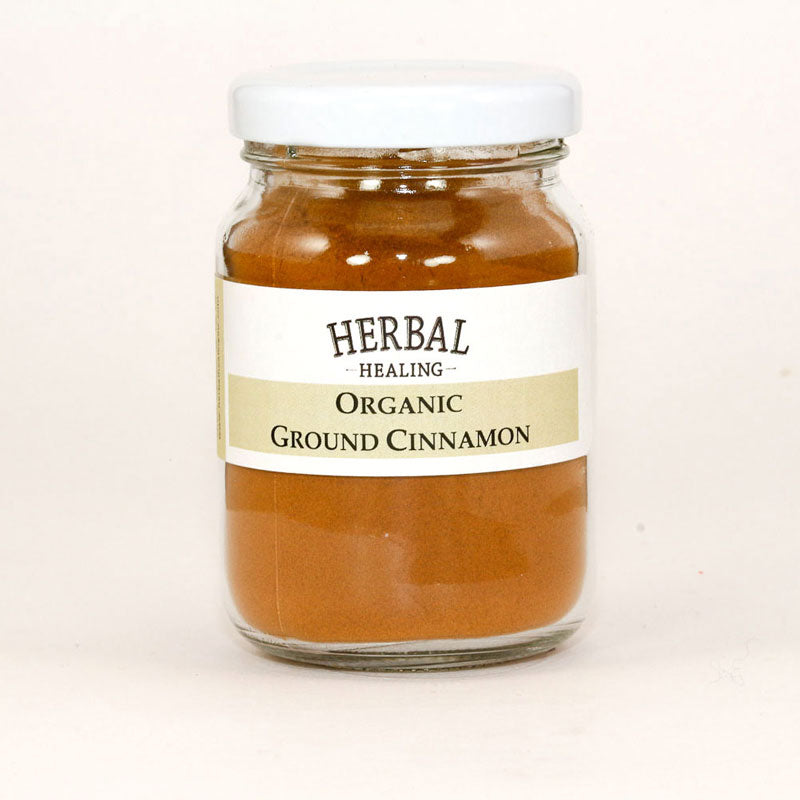

Organic Cinnamon, Ground
- $10.95 CAD
- $10.95 CAD
- Unit price
- per
60 g Certified Organic Cinnamon
Couldn't load pickup availability
Product Information
In ancient Egypt cinnamon (Cinnamomum zeylanicum) was used medicinally and as a flavouring for beverages. It was also used in embalming, where body cavities were filled with spiced preservatives. In the ancient world cinnamon was more precious than gold. This is not too surprising though, as in Egypt the abundance of gold made it a fairly common ornamental metal. Nero, emperor of Rome in the first century AD, burned a years supply of cinnamon on his wife’s funeral pyre — an extravagant gesture meant to signify the depth of his loss.
Health Values
Cinnamon is a warming herb that stimulates peripheral circulation, relieves spasms, lowers fever and blood pressure, controls bleeding and infections and improves digestion. Internally it is used for diarrhea, nausea and vomiting, gastroenteritis, colds, influenza, hypertension, arthritis, rheumatism and candida; used especially for cold people. Not given to pregnant women.
Suggested Uses
Cinnamon is widely used in flavouring baked foods, meat products, confectionery, pickles and ice cream. It is commonly used in cakes and other baked goods, milk and rice puddings, chocolate dishes and fruit desserts, particularly apples and pears. It is common in many Middle Eastern and North African dishes, in flavouring lamb tagines or stuffed aubergines. It is used in curries and in garam masala. It may be used to spice mulled wines, creams and syrups.
Ingredients
Ground Cinnamon.
Taste and Aroma
Sweet, fragrant, warm and aromatic.
60 g Certified Organic Cinnamon
RELATED PRODUCTS
- Choosing a selection results in a full page refresh.


